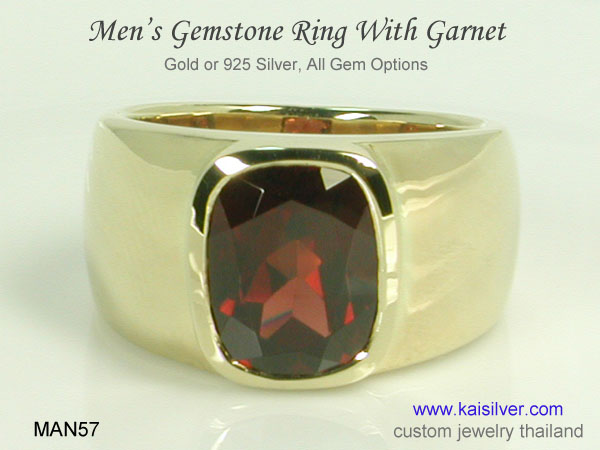Artificial Intelligence Aids Digital Art
The integration of artificial intelligence (AI) tools into digital art has revolutionized the way artists create, interact with, and conceptualize art. The amazing thing about AI in art is that, the algorithms are capable of learning and 'remembering'. Artificial Intelligence tools have added a new dimension to digital art. As an example, digital art created through AI engines understand concepts like modern art, expressionism, abstraction, minimalism and distortion etc. So the same AI based digital art application, can deliver a wide range of art works. The limitation is literally the ability of the 'artist' or user, to explain requirements to the application. Interesting to note that, all the modern art digital art works on this webpage were created using a single AI digital art application - commands, prompts and tags were varied to reflect requirements.
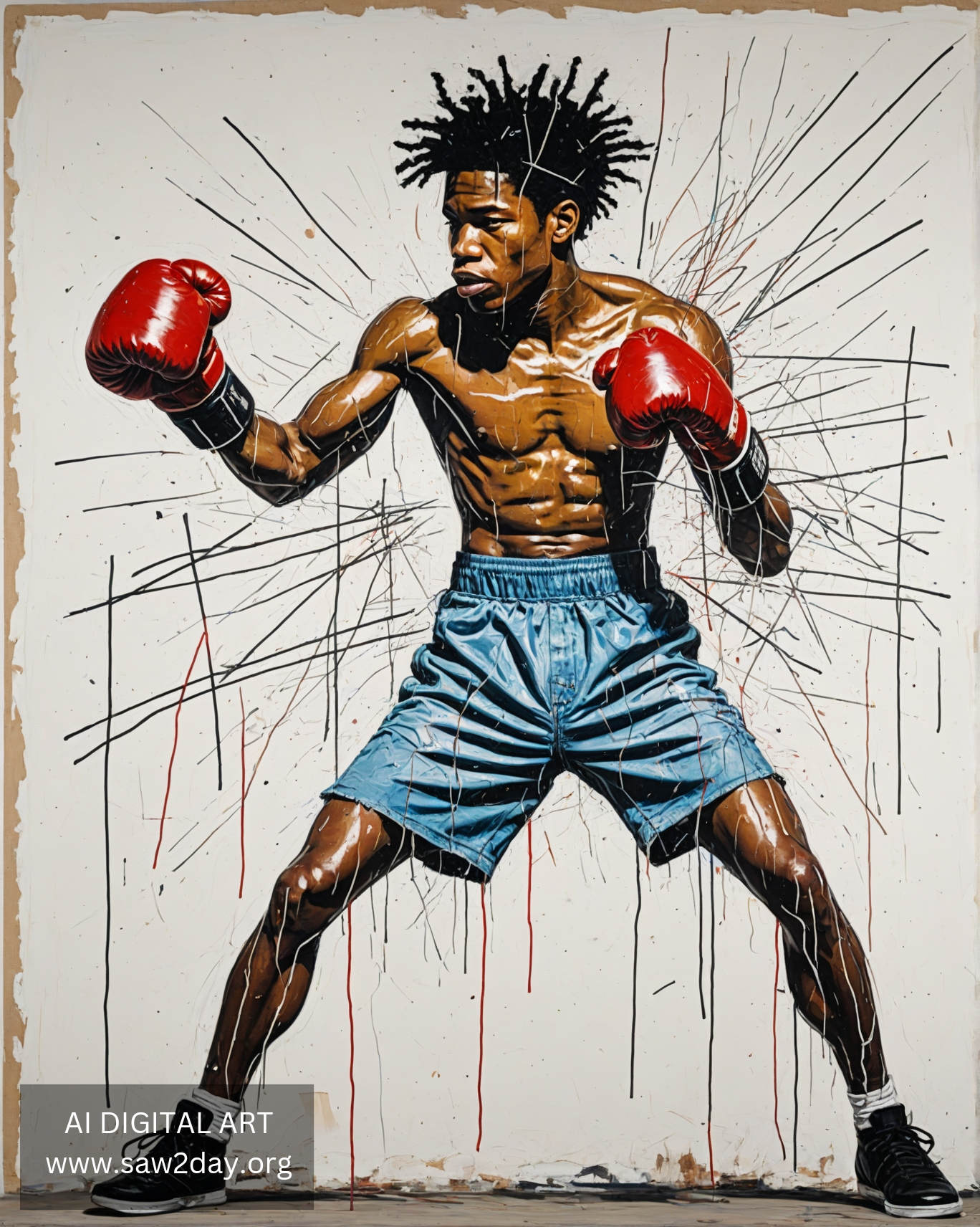
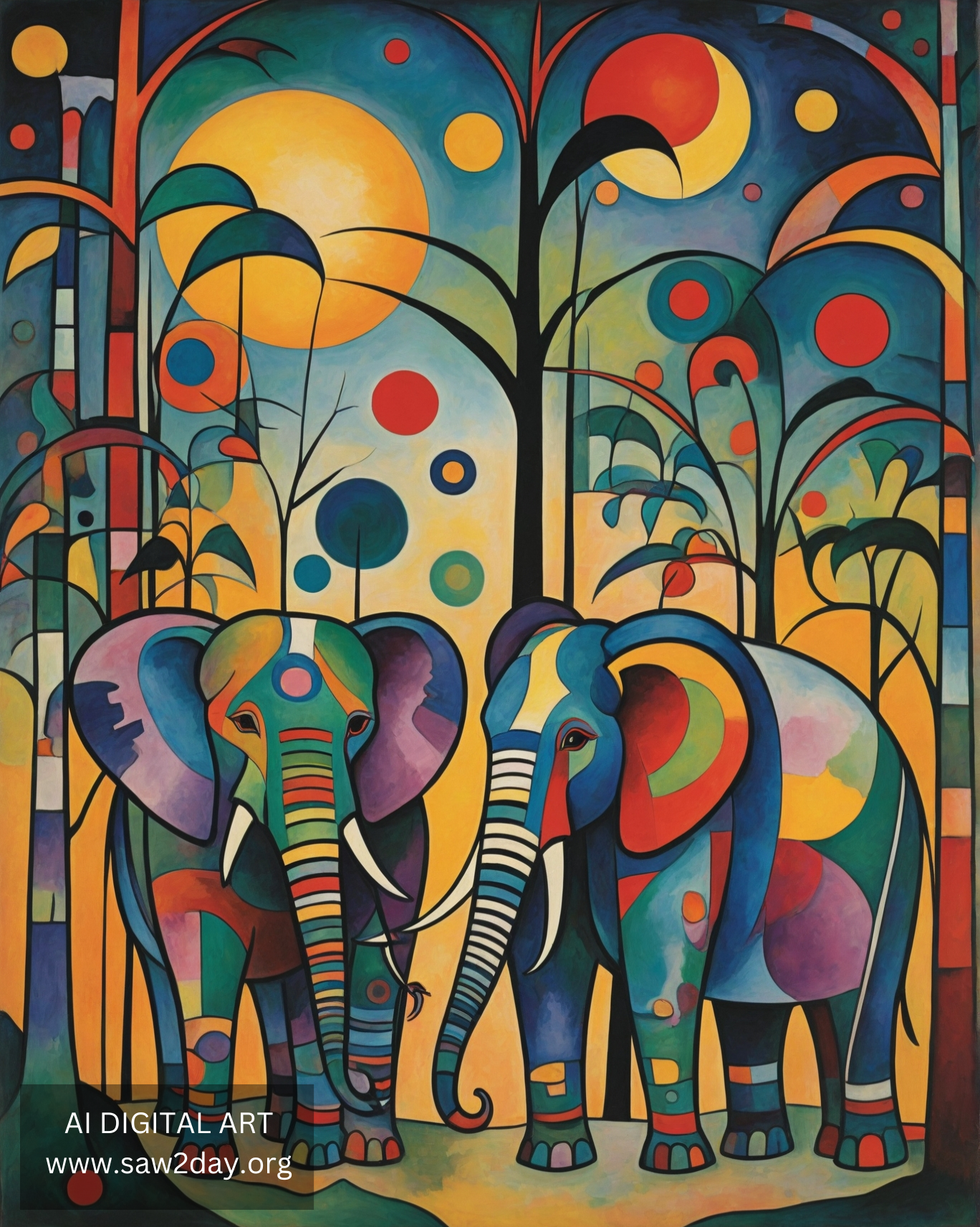
Interesting notes on the abilities of digital art generators with backing from artificial intelligence algorithms. This segment of art is developing and changing rapidly, so interested artists should stay updated with the latest developments. While digital art has quickly transformed into an independent art form of its own, these are early times and much more exciting things can be expected in the near future.
Generative Art: AI models like Generative Adversarial Networks (GANs) allow artists to generate new images, patterns, and compositions from datasets. These tools can create art that’s entirely new, blending styles, or even mimicking specific artistic movements. Once trained to interpret a set of human set parameters, the AI art tool can keep generating variations for the same.
Enhanced Creativity and Collaboration: AI can serve as a creative partner, offering suggestions, generating ideas, and helping artists explore new visual territories. Artists can collaborate with AI to enhance their work, introducing elements they might not have considered. Since digital art is generated on a computer or smart phone, it is possible to immediately share the results. Taking advantage of the features of cloud based data sharing, it is possible for more than one digital artist to collaborate on a single work of art.
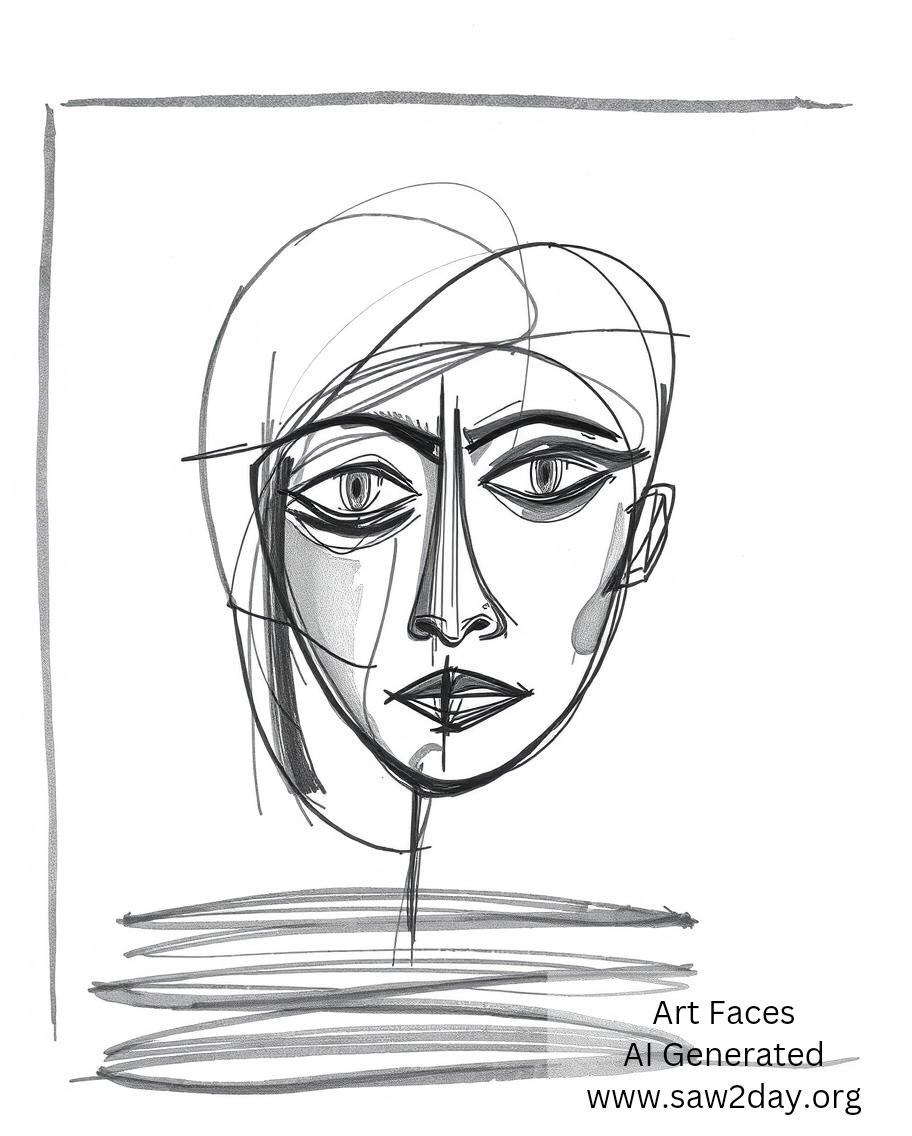
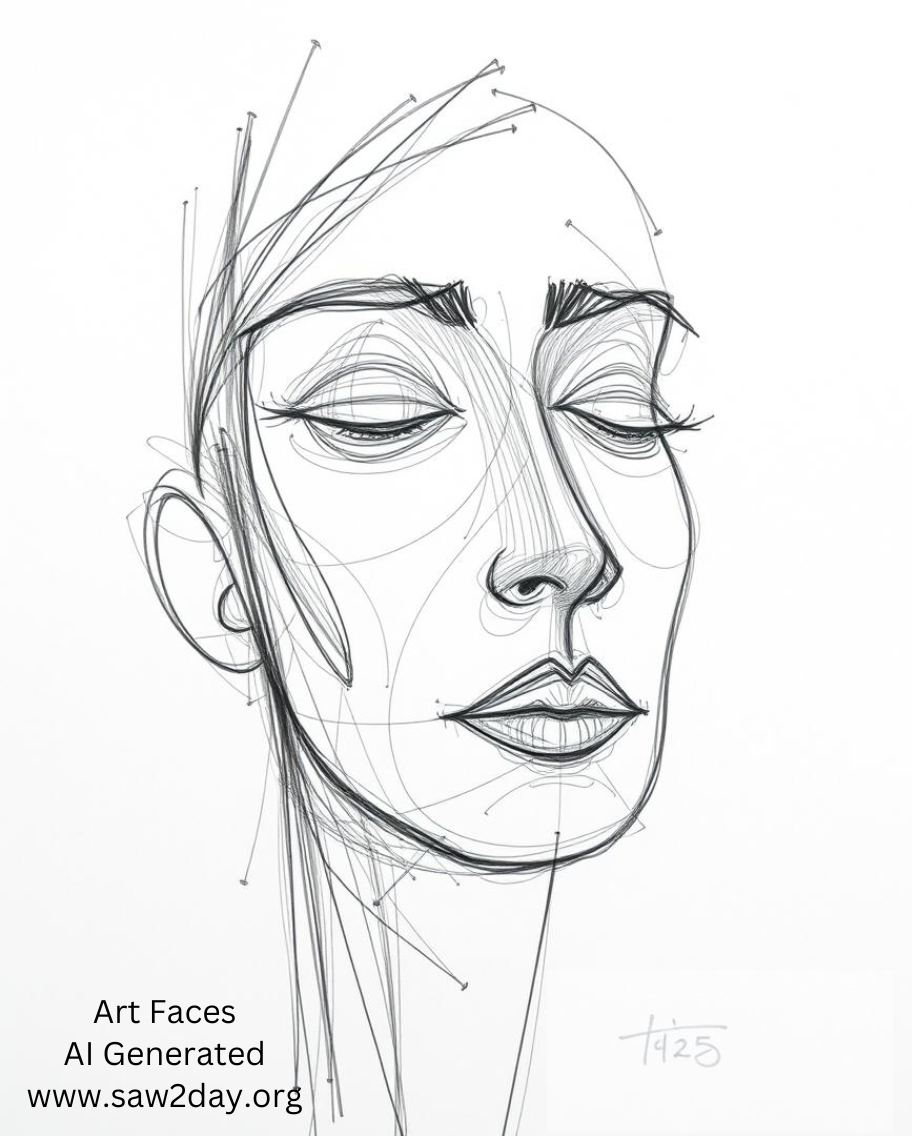
Style Transfer: AI-powered style transfer tools enable artists to apply the style of one image (like a famous painting) to another, allowing for the creation of hybrid artworks that blend multiple styles or influences seamlessly. The level of fusion could lead us to the moment when, conventional art and digital art could work together and deliver exciting works of art.
Custom AI Art Generators: Artists can train their AI models on specific datasets, creating highly personalized tools that reflect their unique artistic vision. This customization allows for a distinct and personal output, even when using AI. True that artificial intelligence takes digital art to the next level, one without boundaries and restraining parameters.
Interactive and Dynamic Art: AI enables the creation of interactive art installations that can respond to viewer input, environmental factors, or real-time data. This interactivity adds a dynamic dimension to digital art, making it more engaging and immersive. The same digital art application with high level AI algorithms, can generate a diverse range of art - photo-like, abstract, distorted, minimalism etc.
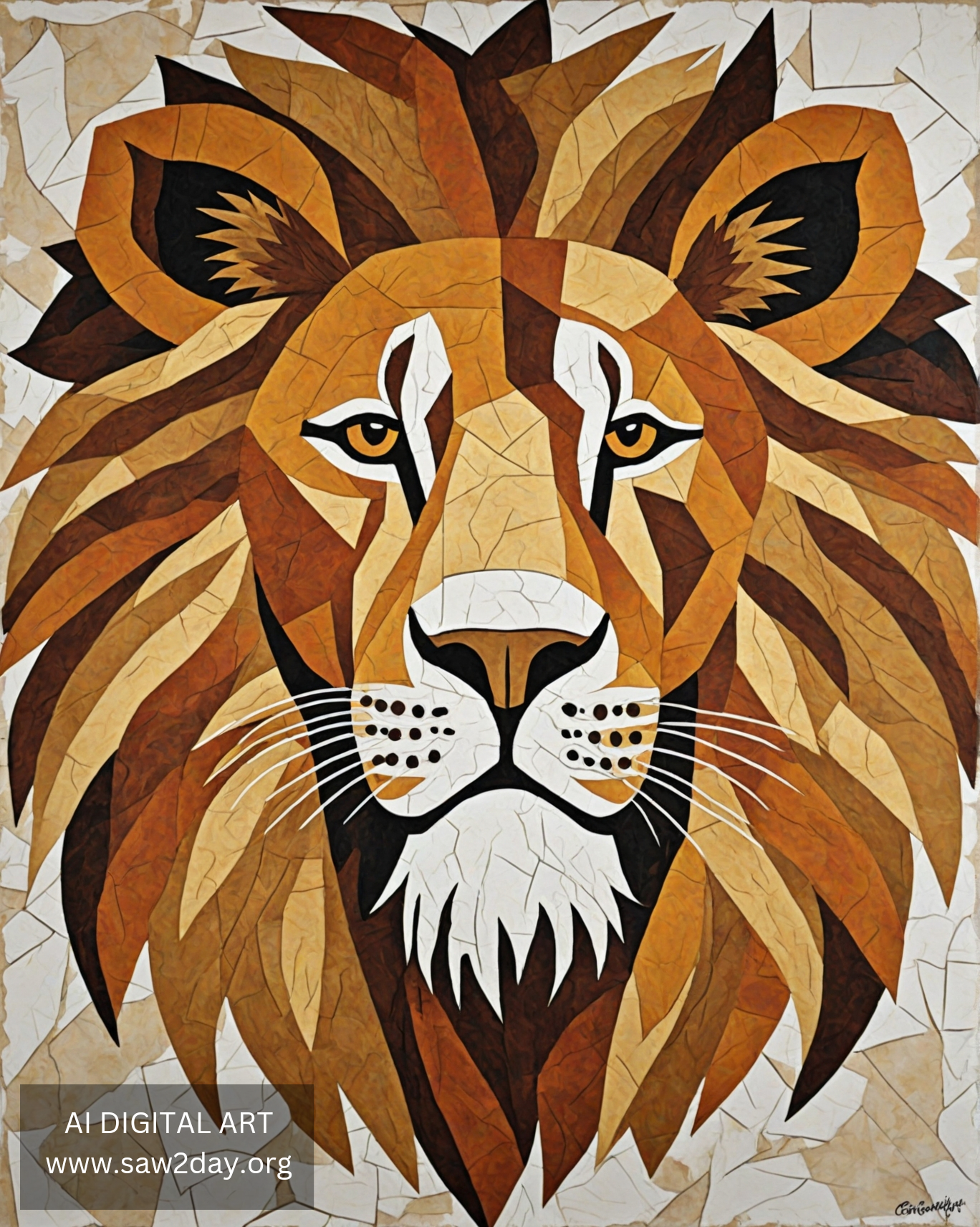
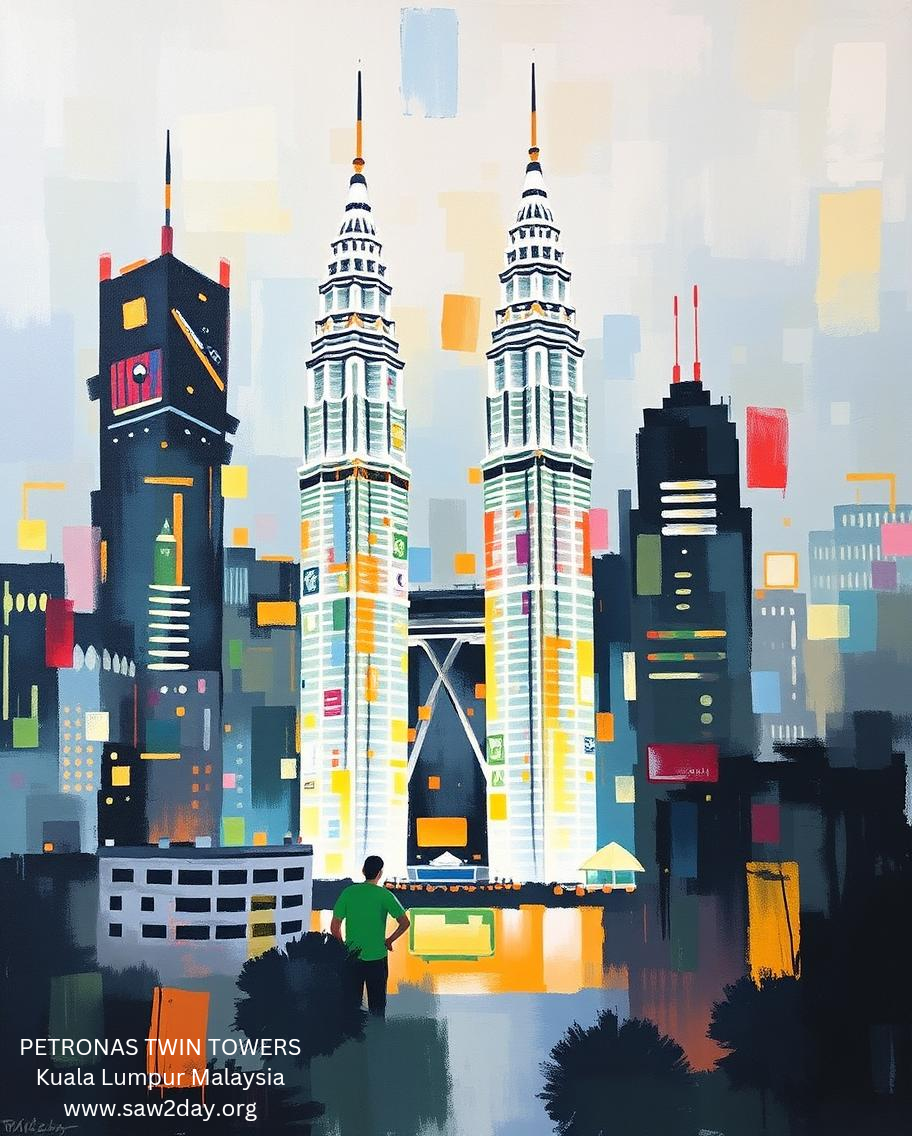
Democratization of Art Creation: AI tools are becoming increasingly accessible, allowing more people to explore digital art. Whether one is a professional artist or a novice, AI tools can assist in creating art that might have been difficult or impossible to create manually. A thorough understanding of AI assisted digital art tools, would make it possible to generate art works that, would generally require highly talented and experienced artists to create.
New Aesthetic and Conceptual Possibilities: The randomness and unpredictability of AI-generated art introduce new aesthetic and conceptual possibilities. Artists can explore the boundaries of creativity, often leading to unexpected and thought-provoking results.
Style Transfer: AI can apply the style of one image to another, allowing artists to transform their work by infusing it with the characteristics of famous paintings or specific visual styles. This technique is widely used in apps and software to create visually striking images quickly. This concept takes on added significance when, digital art works are being developed for commercial purposes. Clients get options to choose from and cutting developmental costs, implies economic pricing.
Large-Scale and Complex Projects: AI can handle vast amounts of data and complex calculations, making it possible to create intricate designs, large-scale installations, or art that evolves over time without manual intervention. The fact that digital art assisted by artificial intelligence algorithms, can generate multiple versions of art works - for the same set of requirements and parameters, vastly improves the options available to commercial art work.
These advancements are transforming the art world, pushing the boundaries of what’s possible, and opening up new avenues for creativity and expression. What is even more encouraging is that, digital art with support from artificial intelligence, has been attracting a new group of artists and art lovers - a group that might have shown little interest in conventional art, for reasons of their own.
SKILL REQUIREMENTS
Would not be right to conclude this report without a short mention about the skills required to create digital art and especially, digital art assisted by artificial intelligence technology. While creativity and visualization would be the same for digital and conventional art works, the tools and medium for both art forms differ widely.
Digital art does require a different set of skills compared to conventional art, though there is some overlap. Digital artists need to be proficient in various software tools. Each tool has its own set of features and requires practice to master.
No doubt that AI assisted digital art takes creativity to the next level but, there is a learning curve and new developments are rapidly released and deployed. Unlike traditional art, digital art allows for the use of layers and masks. Artists must understand how to work with these elements to create complex compositions, make adjustments, and experiment without permanently altering their work.
There is obviously more to developing high skills in executing art works using digital art technics including artificial intelligence. Digital art has developed into an independent art form, though the fusion of conventional and digital art is very possible in the near future. Digital art opens up a whole new realm of possibilities with tools that allow for experimentation and refinement that might be challenging or impossible with traditional mediums.


